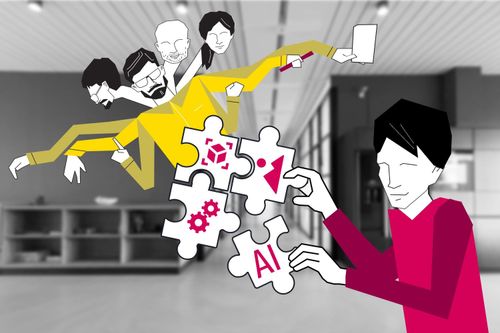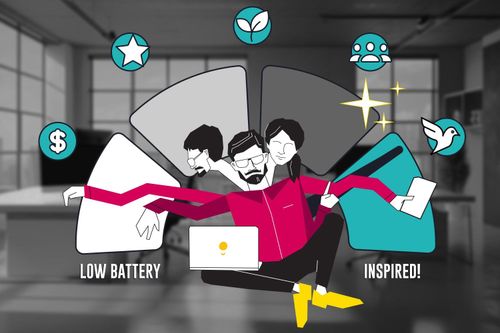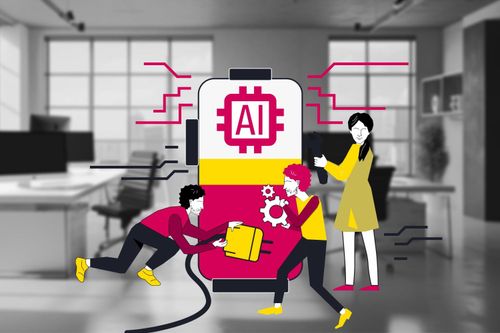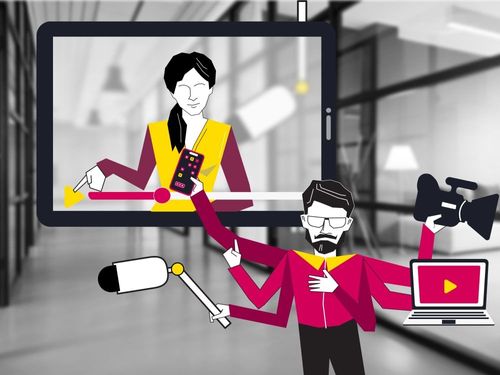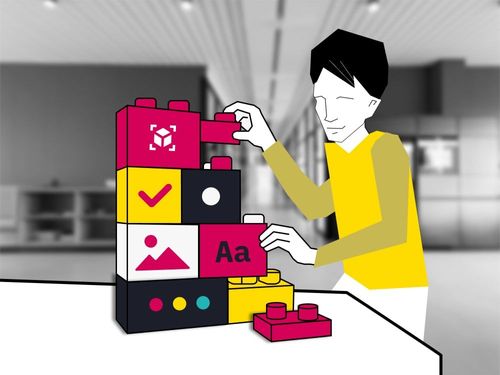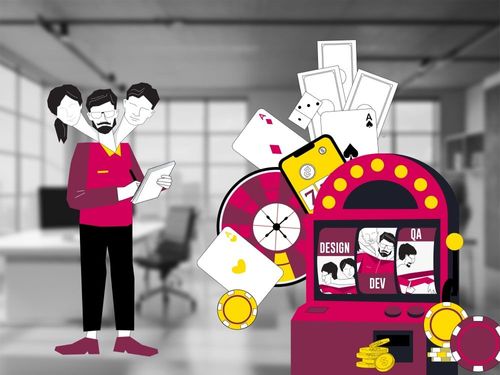
I grew up in a household where praise was reserved for only the most exceptional, once-in-a-lifetime achievements. As a result, I became resilient, believing that this scarcity of recognition pushed me to be stronger, more disciplined, and ultimately better.
This mindset carried over into my leadership style, and for a long time, I resisted giving praise to my employees. I thought withholding it would drive them to reach higher standards, just as it had for me.
But I was wrong.
Over time, I’ve learned that praise isn’t just a reward for rare accomplishments — it’s a powerful tool for encouraging consistent effort and fostering a culture where people strive for success again and again.
Why Employee Recognition is So Important
Employee recognition is about ensuring that employees feel seen, appreciated, and motivated to give their best. When employees are recognized for their contributions, it doesn’t just improve their day — it improves their performance and the overall success of your company.
But there’s more to it:
1. Boosts Engagement and Morale
When employees are recognized for their hard work, they feel valued, which creates a direct connection between effort and reward. This increases engagement and morale, encouraging employees to go the extra mile, contribute innovative ideas, and stay loyal to the company.
Research shows that employees who feel appreciated are 2.7 times more likely to be highly engaged at work. Engaged employees are productive, motivated, and eager to contribute to the company’s success.
2. Increases Productivity and Performance
Recognition isn’t just about making employees feel good — it’s about driving performance. Employees who know their contributions will be acknowledged push themselves to achieve higher standards.
In fast-paced industries like technology, high performance is critical to staying competitive. Recognized employees work harder and are more likely to meet and exceed their goals.
3. Reduces Turnover and Increases Retention
In today’s competitive talent market, keeping your top performers is a significant challenge. When employees feel valued, they are far less likely to leave the company. Lower turnover means your company saves time and cost of recruiting, training, and onboarding new talent.
By fostering loyalty through recognition, companies can retain their best people, avoiding the constant cycle of hiring and training replacements.
4. Strengthens Team Culture
Employee recognition also builds a strong team culture. When recognition becomes part of the company’s fabric, it fosters a culture of appreciation and collaboration.
Celebrating each other’s success strengthens relationships and drives both morale and productivity. This culture of appreciation leads to a more unified and collaborative team, improving overall performance.
How to Measure Employee Recognition Success
Key Performance Indicators (KPIs)
Understanding why recognition is important is one thing, but measuring its impact is another. To ensure your recognition efforts are working, you need to track specific KPIs. Let’s break down the essential metrics to measure employee recognition success.
1. The Pulse Check (Engagement)
Employee engagement is one of the clearest signs that your recognition program works. In our company Smartexe, high engagement leads to better code quality and stronger collaboration. Developers who feel appreciated are more invested in their work.
You can measure this through:
- Sprint Participation: Developers actively contribute to sprint meetings and retrospectives after receiving recognition.
- Code Reviews and Contributions: Recognition leads to an increase in meaningful code contributions and more enthusiastic participation in peer code reviews.
Using tools like Jira or GitHub to track these metrics will reveal how recognition impacts engagement at a technical level, keeping your team motivated and productive.
2. Recognition that Retains (Retention Rates)
One of the most important KPIs for recognition is its impact on retention. Valued employees are far less likely to leave, reducing turnover and helping maintain team stability. [BTW, you might want to take a look at our older article on how to reduce turnover].
You can measure retention by tracking:
- Team Stability: Internal tracking tools like BambooHR help compare team retention rates before and after recognition efforts. Smartexe has seen a decrease in turnover among key roles, especially senior developers.
- Exit Feedback: Exit interviews provide insight into whether recognition played a role in why developers stayed longer or decided to leave. For example, feedback from full-stack developers at Smartexe has shown that lack of recognition was a factor in past departures, emphasizing the importance of appreciation.
3. More Than Just Fixing Bugs (Productivity)
Recognition should translate into higher productivity. At Smartexe, we track productivity metrics such as:
- Time to Resolve Issues: Recognized developers tend to close tickets faster or take on more challenging tasks in Jira.
- Completion of Key Milestones: Developers who feel valued are more likely to hit deadlines and contribute to critical project milestones.
These metrics, tracked in Jira or Trello, offer concrete evidence of how recognition boosts output.
4. Culture in Action (Peer-to-Peer Recognition)
While top-down recognition is essential, peer-to-peer recognition is where a strong culture of appreciation truly thrives. When recognition flows freely among colleagues, it becomes a natural part of the company culture.
You can measure this through:
- Kudos in Slack: Team members frequently send kudos or shout-outs via Slack channels, showing that recognition is becoming an organic part of the work culture.
- Collaborative Work: Peer recognition often leads to more voluntary collaboration on tasks, particularly in technical troubleshooting. Increased collaboration can be seen through more teamwork in complex problem-solving sessions.
- “Thanksgiving day” in a company. You can set a tradition of providing anonymous feedback and gratitude to colleagues on a specific day.
This can be measured by reviewing communication platforms and team retrospectives.
5. Leading by Example (Managerial Involvement)
Managers set the tone for a culture of recognition. It’s essential to measure how often managers recognize their teams and how that impacts developer performance.
It’s crucial to measure their involvement:
- Manager-Led Recognition Frequency: Tools like Asana or ClickUp allow you to track how often managers acknowledge their developers in one-on-ones or sprint reviews.
- Impact on Developer Performance: Developer performance typically spikes after receiving thoughtful recognition from managers. This could be recognition for solving a complex coding issue or leading a successful sprint.
By tracking these metrics, you can assess whether your managers are leading by example or if further training is required.
6. Constant Improvement (Feedback)
Recognition programs need continuous refinement to stay effective. At Smartexe, we gather regular feedback from our employees to fine-tune our approach.
You can do it by adding employee recognition questions to Pulse Surveys. Tools like CultureAmp or Officevibe help gather feedback from developers on how they prefer to be recognized—whether it’s public praise, private acknowledgment, or tangible rewards.
Such feedback is used to tweak recognition efforts. For example, after receiving survey feedback, Smartexe started highlighting developer contributions in company-wide newsletters, increasing recognition visibility and effectiveness.
Measure What Matters to Drive Results That Matter
At Smartexe, tracking recognition isn’t just about making people feel appreciated—it’s about building engagement, boosting productivity, and retaining top talent. By monitoring engagement, retention, productivity, peer recognition, and leadership involvement, you can ensure your recognition efforts are hitting the mark.
Like this article? Follow me and Smartexe for more insights on leadership, tech recruitment, and building high-performance teams.
Looking for a highly-experienced remote team to join your project? Give us a ping.

